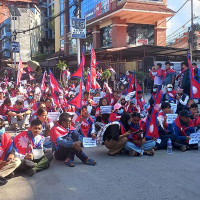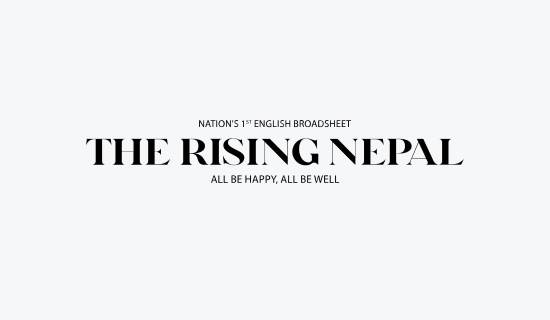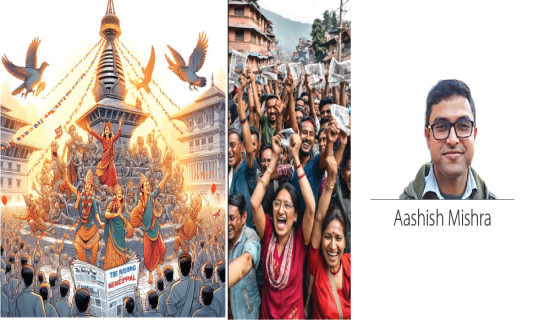- Saturday, 25 October 2025
E-vites: Novel means of inviting guests
Kathmandu, Dec. 17: Nisha Regmi of Kusunti, Lalitpur got married on Tuesday and held her reception on Wednesday. For the latter, she had about 200 people to invite, many of whom are not in the Kathmandu Valley. So, delivering invitation cards was out of the question. She could have called them by phone or messaged them on social media but that seemed too casual a way to request her near and dear ones to be part of such a joyous moment of her life.
So, she sent them e-vites – electronic invitations – with a customised voice message for each one of the invitees. “This helped me extend a formal invitation without having to worry about the logistics of delivering physical cards,” she said.
Similarly, Yogesh Shrestha, who got married on November 27 in his hometown of Palungtar, Gorkha, also sent out e-vites to all his friends because of the economic convenience. “It is expensive to print hundreds of cards whereas e-vites cost next to nothing,” he said, informing that he saved thousands of rupees by going the electronic way.
“I did not have to get my invitations printed on paper. I sent everyone the soft copy online. Cheap, easy and fast,” Shrestha added.
Regmi and Shrestha represent an increasing number of people who prefer to invite their friends and families to their occasions via e-vites. “It is definitely a growing trend,” said graphic designer Amit Pandey.
Pandey has been designing traditional invitation cards and e-vites for birthdays, coming-of-age ceremonies and weddings for a decade. This has given him a front-row view to witness the rising popularity of online invitations. “I used to get barely a dozen e-vite requests a year. Now, I get a minimum of 50 in wedding months like Mangsir.”
Talking to The Rising Nepal, Pandey said that this growth was fuelled by two things – familiarity with multimedia and a desire for efficiency.
“Youths, especially those who have spent some time abroad, find traditional cards boring,” he shared his observation. “They want more than just text on paper. They want motion, animation, sound and everything else they can imagine.”
He added, “People also do not want to spend their time estimating the number of physical invitation cards they will need, finding a good publisher and getting them printed and going around town delivering them. And it is a whole another affair if you run out of cards and have to get more printed. With e-vites, you only have to make two or three designs and send them out to as many people you need on as many platforms you want.”
However, another designer Roohi Shakya cautioned against calling e-vites the new fad. E-vites will not replace traditional cards any time soon, she believed, because there is too much sentiment attached to them.
“Printing and presenting cards are a part of our culture. It is an emotional moment in a parent’s life that marks their son or daughter’s transition from their child to someone’s partner. Electronic alternatives do not yet embody the same significance in our society,” she explained.
Nevertheless, Shakya has also observed e-vites becoming popular and lavish. “Electronic invites have started to become short movies,” she joked. “They are definitely rising in stature.”
But the more things change, the more they stay the same. And one familiar phrase continues to find a space in all wedding invites, electronic or hardcopy, Pandey chuckled: Kripaya Jinsi Upaharko Kasta Nagaridinuhola (Please do not bother with non-cash gifts).

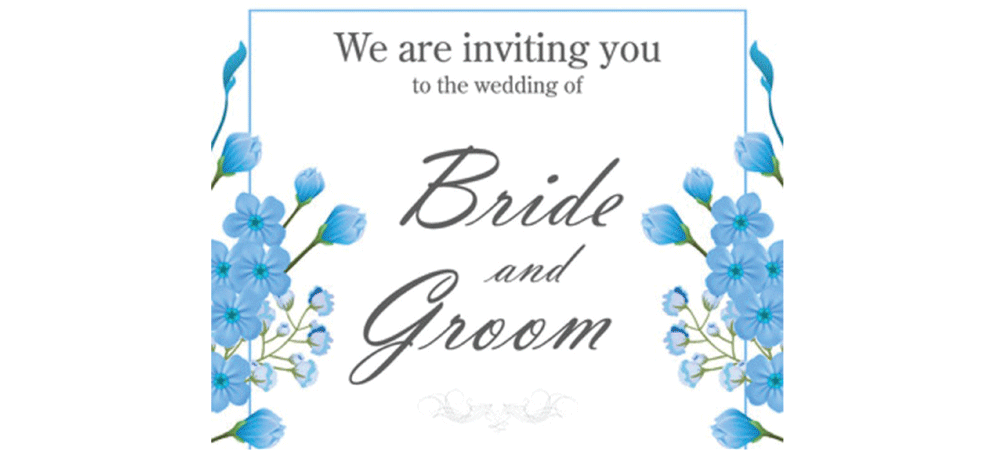


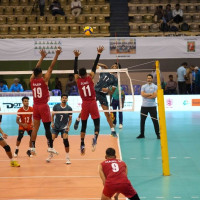

-original-thumb.jpg)
